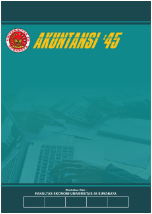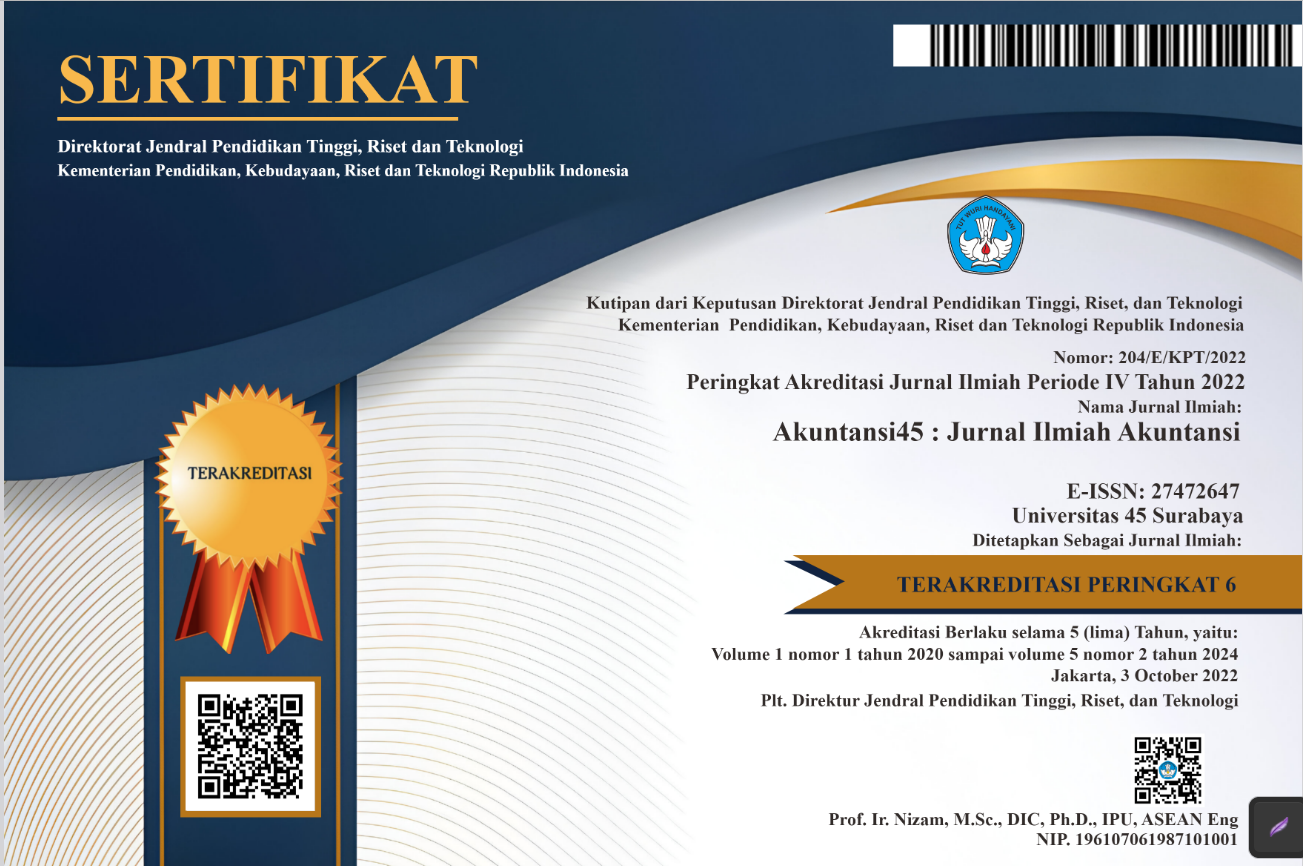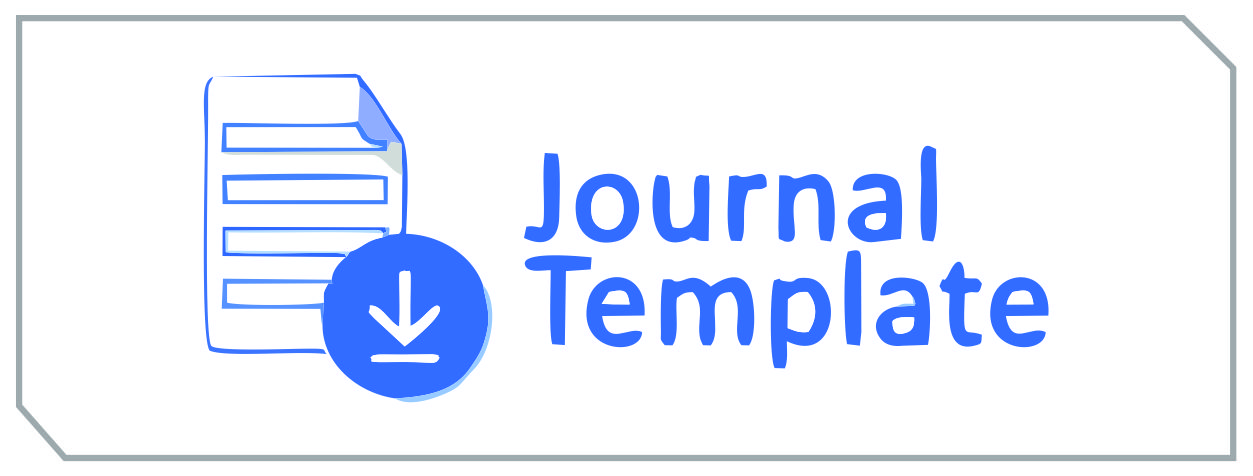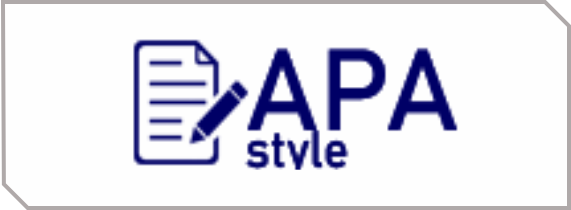Pengaruh External Pressure, Financial Target, Ineffective Monitoring dan Rationalization terhadap Financial Statement Fraud pada Industri Food And Beverages yang Terdaftar di BEI Tahun 2020-2022
DOI:
https://doi.org/10.30640/akuntansi45.v5i2.3385Keywords:
analysis, statistics, descriptive, quantitativeAbstract
The analytical method used is a quantitative descriptive analysis method using statistical analysis. The data source in this research comes from annual financial reports. Data collection techniques in this research were carried out in 2 ways, namely: library research techniques and field research techniques. The research results show that External Pressure, Financial Target, Infective Monitoring, and Rationalization have no effect on Financial Statement Fraud in the Food and Beverages industry listed on the IDX in 2020-2022 either partially or simultaneously and the magnitude of the influence is 4.6%
Keywords:,,,
References
Baridwan, Z. (2000). Perkembangan Teori dan Penelitian Akuntansi. Journal of Indonesian Economy and Business (JIEB), 15(4), 486–497.
Gradi, P. (2017). Pengertian Akuntansi Menurut Para Ahli. Dosen Akuntansi. Com, 16.Iramani, Fauzi, A. A., Wulandari, D. A., & Lutfi. (2018). Financial Literacy and Business Performances Improvement of Micro, Small, Medium-sized Enterprises in East Java Province, Indonesia. International Journal of Education Economics and Development, 9(4), 303–323.
Mardianto, M., & Tiono, C. (2019). Analisis Pengaruh Fraud Triangle dalam Mendeteksi Kecurangan Laporan Keuangan. Jurnal Benefita, 4(1), 87–103.
Maydhi Hanggarista, V. (2021). Pengaruh External Pressure, Financial Target, Innefective Monitoring dan Rationalization Terhadap Financial Statement Fraud Dengan Perspektif Fraud Triangle (Bank Umum Swasta Nasional Devisa Periode 2015 – 2019)
McColgan, P. (2001). Agency Theory and Corporate Governance: A Review of The Literature From a UK Perspective. Department of Accounting and Finance Working Paper, 6, 0203.
Pramurza, D. (2023). Analisis Fraud Diamond Dalam Mendeteksi Financial Statement Fraud Pada Perusahaan Sub Sektor Makanan Dan Minuman Di Bursa Efek Indonesia Tahun 2017-2021. Jisos: Jurnal Ilmu Sosial, 2(1), 1305–1318.
Rusmana, O., & Tanjung, H. (2020). Identifikasi Kecurangan Laporan Keuangan dengan Fraud Pentagon Studi Empiris BUMN Terdaftar di Bursa Efek Indonesia. Jurnal Ekonomi, Bisnis, dan Akuntansi, 21(4).
Simaremare, E., Handayani, C., Basri, H., Tambunan, A., & Umar, H. (2019). Pengaruh Fraud Diamond Terhadap Pendeteksian Fraudulent Financial Statement dengan Kebijakan Anti Fraud sebagai Variable Moderasi Pada Perusahaan Perbankan Yang Terdaftar Di Bursa Efek Indonesia Tahun 2016–2018. Prosiding Seminar Nasional Cendekiawan, 2–10.
Singleton, T. W., & Singleton, A. J. (2010). Fraud Auditing and Forensic Accounting (Vol. 11). John Wiley & Sons.
Soemarsono, S. R. (2004). Akuntansi Suatu Pengantar. Edisi Kelima, Buku, 1. Suhardjono, I. B. (2006). Akuntansi Perbankan. Jakarta: Salemba Empat.
Tiffani, L., & Marfuah, M. (2015). Deteksi Financial Statement Fraud dengan Analisis Fraud Triangle pada Perusahaan Manufaktur yang Terdaftar di Bursa Efek Indonesia. Jurnal Akuntansi dan Auditing Indonesia, 19(2), 112–125.
Tuanakotta, T. M. (2015). Audit Kontemporer. Jakarta: Salemba Empat.
Widarti, Widarti. (2015). Pengaruh Fraud Triangle Terhadap Deteksi Kecurangan Laporan Keuangan pada Perusahaan Manufaktur yang Terdaftar Di Bursa Efek Indonesia (BEI). Jurnal Manajemen dan Bisnis Sriwijaya, 13(2), 229–244.
Downloads
Published
How to Cite
Issue
Section
License
Copyright (c) 2024 AKUNTANSI 45

This work is licensed under a Creative Commons Attribution-ShareAlike 4.0 International License.









